11 Essential Fly Fishing Gear for Beginners
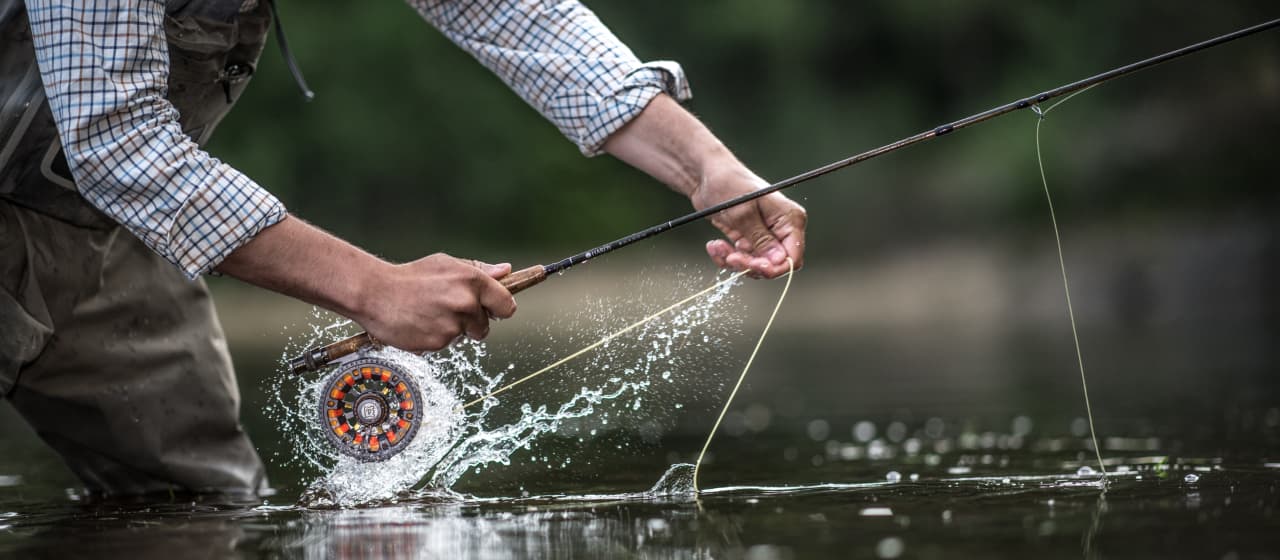
Fly Fishing Gear for Beginners
Fly Fishing is very accessible for beginners. While you don’t need much to get started, you will need to be intentional about having the right gear. Like most types of fishing, fly fishing can be equal parts fun and frustrating. Having a lot of patience and practice are therefore both essential things to have when you’re just starting.
What Are the Essentials for Fly Fishing?
| Fly Fishing Essentials Gear Guide | |
|---|---|
| Essential Gear | What Our Experts Say |
| Rod + Reel | When choosing a rod, knowing where you’ll fish can save you a lot of time and money. Grab a rod with fast action for any large or winding rivers. For anything smaller, a medium-action rod will serve you well. |
| Fly Line, Leader + Tippet | Always match your fly line to your rod. Fast-action rods pair well with lighter fly lines, whereas fast-action rods require a heavier line. |
| Flies/Fly Lures | Start with flies that mimic the natural bait you’re aiming for. The movement, shape, size, and color should all closely align with the real deal as much as possible. |
| Floatant or Fly Dressing | If this is your first fly fishing trip, go with the gel floatants. It’s better in most cases. |
| Waders | You’ll pay the price (missing out on that prize catch of the day) when you skimp out on comfort. Choose a pair that fits YOU — not all. |
| Wading Boots | Don’t be afraid to invest in a good pair of wading boots. When you’re out in the middle of nowhere, they help keep you as safe as possible in the water. |
| Vest or Life Jacket With Pockets | With all the tiny bits and bobs that go into rigging your lure, pockets are never a bad thing to have on your life vest! |
| Polarized Sunglasses | Polarized sunglasses do more than just cut down on yellow light while out on the water. They also act as your own personal insurance policy against a stray hook in the wind. |
| Rubber Fishing Net | Rubber fishing nets are a must-have when it comes to protecting the fish you catch from sharp or harsh netting. |
| Fly Box for Storage | Just like you need a few extra pockets on your life vest, storage in fly fishing is a gold mine to ensure you always have order and everything you need — when you need it! |
| Sling Pack or Wading Belt | The more you get for your fly fishing rig, the more storage places you’ll need handy when you’re in the middle of a well-stocked river. |
Expert Tip:
You'll find a plentiful amount of fly fishing equipment on the shelf these days. Though tempting to stock up on a bit of everything, think clearly about the basics first! They'll serve you further than specialty gear you never use.
How We Chose the Fly Fishing Beginner Gear
Our experts created this list with the beginner angler in mind. The world of fly fishing has an abundance of gadgets, tools, and gear that isn’t completely necessary for a complete novice. That’s not to say those aren’t good additions to your stock or tackle box!While you may not need every item mentioned here, we simply decided to focus on the following criteria:
Versatility: When you’re fresh off your decision to start fly fishing, it’s important to start with the basics. You’ll need versatile gear that can get you through and handle all the small scenarios or anomalies you encounter in the water.
Affordability: Fly fishing isn’t built on necessities. Rather, your preferences are what matter most! We know that the gear you begin with likely isn’t what you’ll use forever. Most products listed in this guide range from about $5 - $50.
Simplicity: You can consider all the products listed here to be easy to use. These items are all a great place to start your fly fishing journey. Most of them can even be used for years to come if you wish!
Fly Fishing Gear Essentials
When you settle on making fly fishing your regular pastime, it pays to have your own gear! You can also foster up your natural skills at your own convenience for that next big riverside catch.
1: Rod + Reel
Fly fishing rods are quite diverse tools — ranging in weights, lengths, and construction. All of these qualities work together to help the angler catch a variety of species in an even broader array of freshwater and saltwater environments.Anglers have two options when it comes to fly rods: purchase a complete outfit (or more simply called a pre-assembled rod and reel) or gather both a rod and reel separately. Combining the ones you’ve intentionally chosen affords you a more personal and custom fly fishing experience.
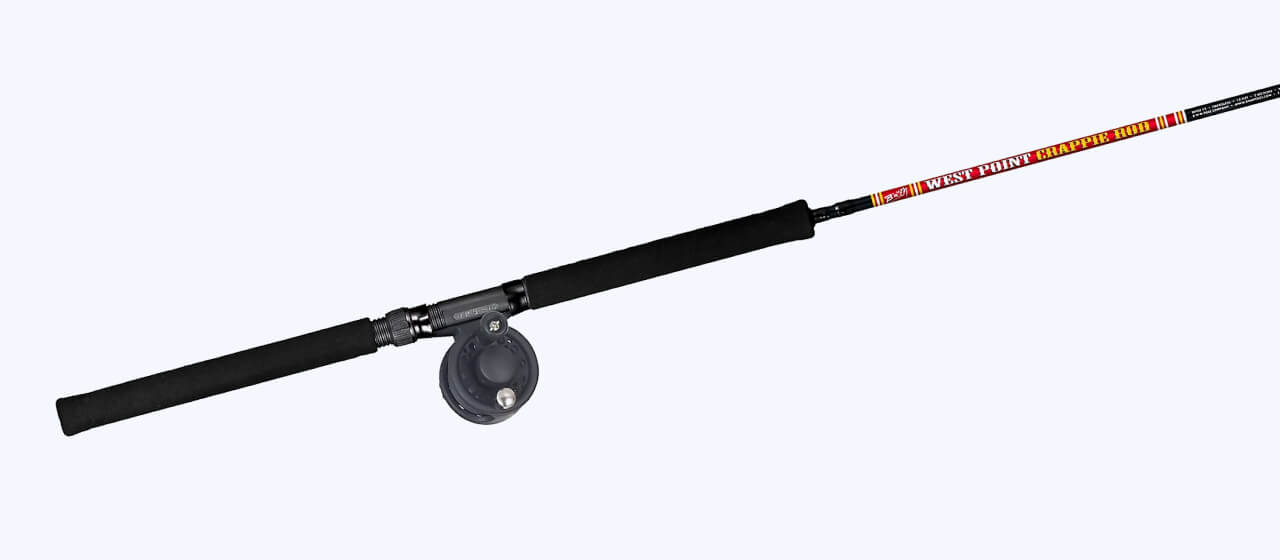
B 'n' M West Point Crappie Rod and Reel Combo
This B 'n' M West Point crappie rod and reel outfit gives fly fishers ample strength while offering the durability needed to catch your next prize. This rod pairs perfectly with the Buck’s Best Crappie Reel 2 to create this complete outfit for all kinds of panfish!
- We chose this fly fishing outfit because it’s affordable and supports an array of line weights: from 4 - 12 lbs.
- Overall, it’s an excellent length for beginner anglers looking to get into fly fishing.
2: Fly Line, Leader, & Tippet
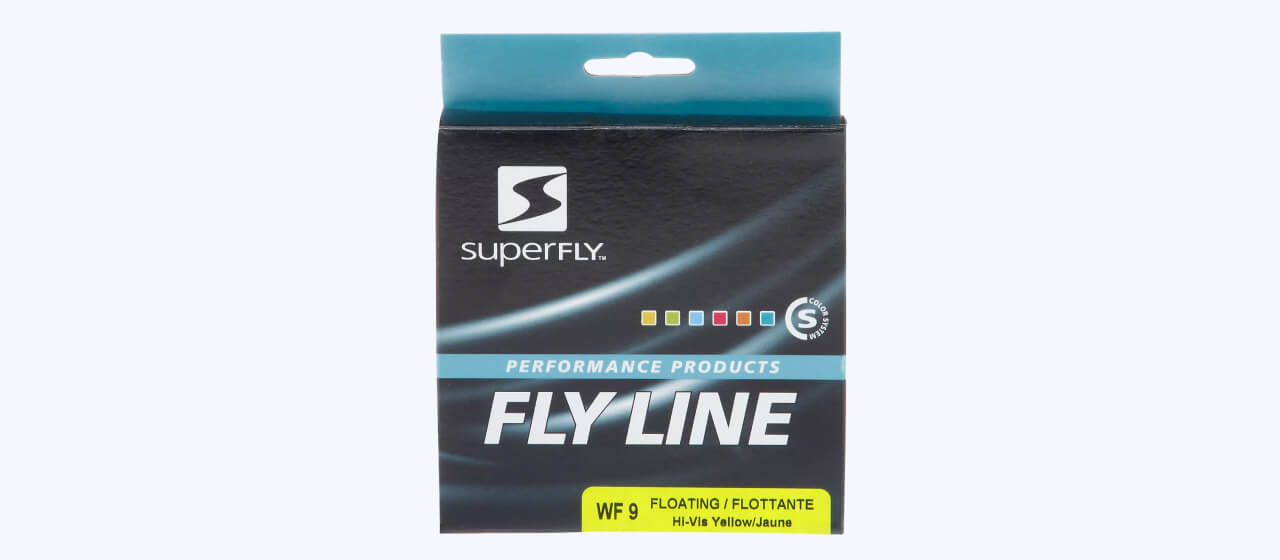
When outfitting your tackle, match your line weight to your rod. Both will be determined by the species of fish you’re after and your fishing style. So consider those, and do some research before purchasing your fly line.
- Your casting can dramatically improve with a strong leader intentionally matched to your fly and rod weight.
- Your leader and tippet are arguably the most important variables to your fly fishing success.
- We recommend using tippets because they are super flexible! When worked correctly, they allow your fly to float or swim more naturally.
3: Flies
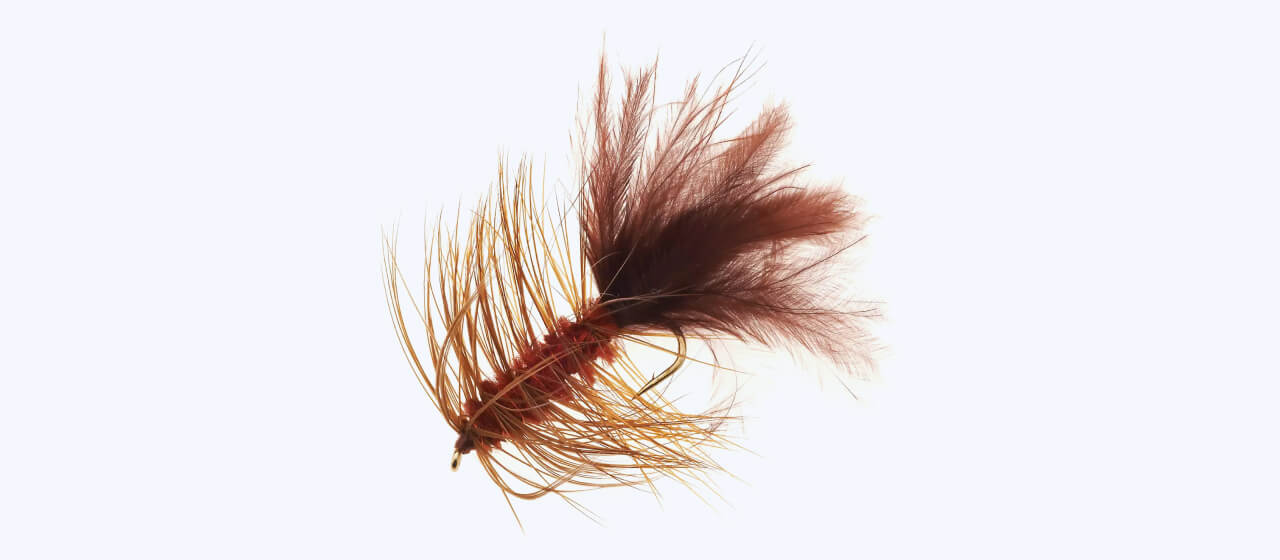
There are plenty of ready-made flies on the market. Using them saves you the trouble of tying your own flies when you’re just starting. You can always graduate to handmake your own as you develop your skills.
- Use materials like feathers and beads with sturdy string or thread to create custom flies that yield realistic representations of what fish naturally feed on.
- When it comes to fly fishing bait (called flies), there are two general kinds: dry flies and wet flies.
Dry Flies
Dry flies delicately rest atop the water’s surface. They aren’t heavy enough to break the water’s surface tension. Instead, they’ll create small-scale ripples to ensnare a fish’s full attention.When presented, they attract a variety of fish to the top of the water for a seemingly good meal. Most often, you’ll see dry flies in the form of insects (like grasshoppers, fully-grown flies, and even beetles). Dry flies mimic the natural movements and behaviors of these insects.
Wet Flies
Most fish feed underneath the water’s surface. That makes wet flies so important for your tackle box! They sink under the water with the help of a weighted component, so you have the best chance of snagging a good catch!A vast majority of wet flies mimic the various stages of insect development (like fish eggs and larvae). However, other critters like crawfish, streamers, nymphs, and leeches. Beginner fly fishers tend to see better results with wet flies!
4: Floatant

Dry flies should always stay atop the water’s surface. But sometimes when you use them, they have a different plan. Gel floatants like Gink help mitigate that from happening to your dry bait.
- You CAN use a hydrophobic powder alternative, but gel floatants are just simpler for beginners to use without much finagling.
- Make sure the gel floatant you choose is odorless.
- You also won’t have to use too much of this stuff to keep your dry flies floating. This strategy can help you keep your flies in the water for longer as well as catch more fish!
Essential Fly Fishing Clothing for Beginners
You don’t need a whole lot of gear to fly fish, but the right apparel matters! The following items are the most important pieces we recommend every fly fisher have on hand:
5: Waders

When you think of fly fishing, you probably think of waders. They can be pricey, so entry-level anglers should look for something suitable for a variety of conditions. Look for a breathable and lightweight stocking-foot pair with enough room for layering additional clothing underneath in colder temps.
6: Wading Boots
Similar to hiking boots, lace-up wading boots should be rugged and comfortable with plenty of support for your ankles. They should also have a good grip on the sole for treading on slick surfaces.
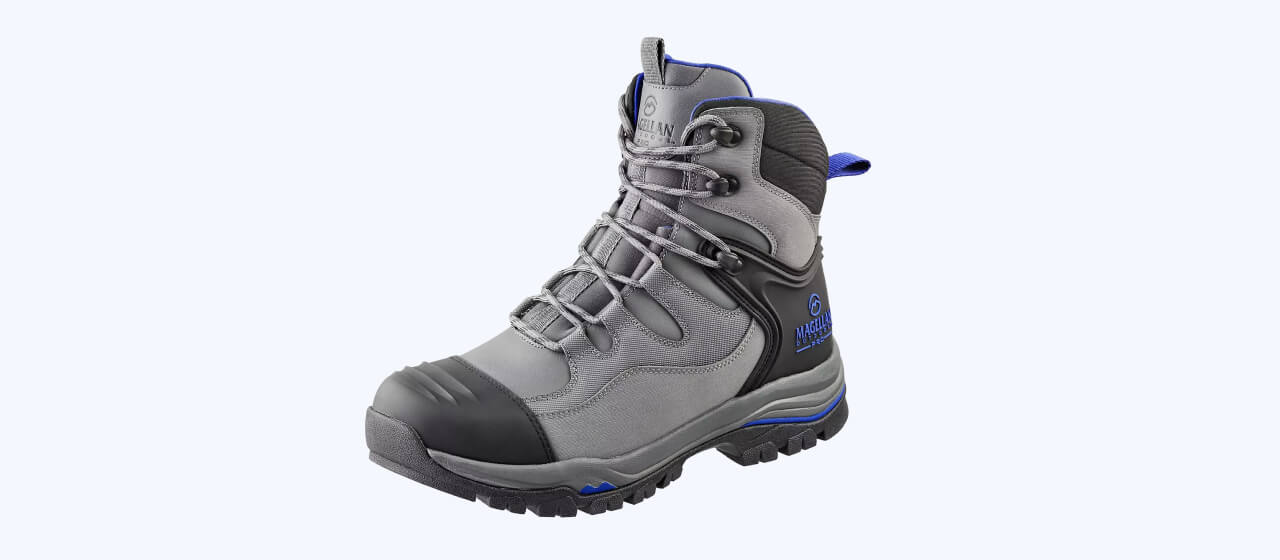
Magellan Outdoors Pro Wading Boots
We recommend these affordable Magellan Outdoors Pro wading boots for your next fly fishing trip! Their reinforced heel and toe caps give you the freedom to enjoy stepping through that creek with their increased durability.
- Constructed with leather and rubber uppers, these wading boots also feature unique corrosion-resistance hardware and secure lace-up closures.
- The padded neoprene collars also provide extra comfort.
- You’ll find these 7-inch-tall wading boots in a wide range of sizes!
7: Vest or Life Jacket With Pockets
A vest or life jacket with pockets is necessary for keeping your tackle and tools organized and within arms’ reach when you’re standing in a stream.
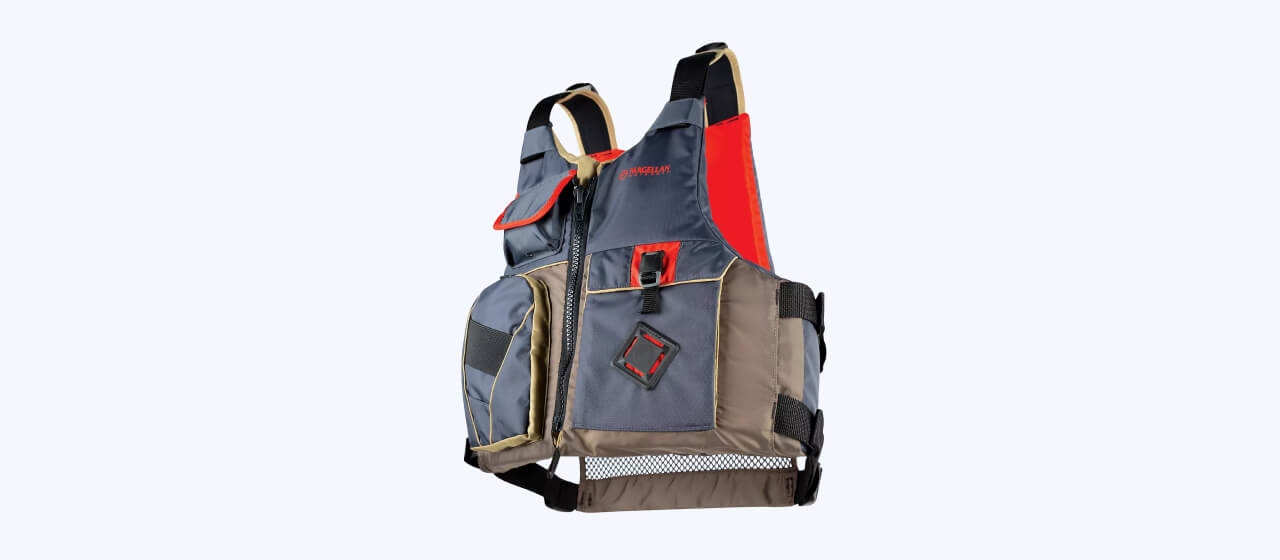
Magellan Outdoors Fishing Life Jacket
This fishing life jacket by Magellan Outdoors has a low-profile design. Its design makes it easy to freely move around! This life jacket is made with a breathable mesh bottom, so you can still wear it in warmer weather.
- The large cargo pocket is sized to fit a pair of long-nose pliers.
- Its one-button-push, drop-down tray pocket has an elastic strap that’s perfect for securing a small fly box.
8: Polarized Sunglasses
In fly fishing, details and safety matter! The experts at Academy believe every angler should own a good pair of polarized sunglasses for a few important reasons.
They help you see more of the landscape’s details (like rocks, underwater hazards, or stray sticks) and the fish you’re after.
They protect your eyes from the sun’s ultraviolet (UV) rays while you’re outdoors.
They’ll be a great barrier for any stray hooks you (or someone else) cast that get caught by a gust of wind or a sloppy backcast.
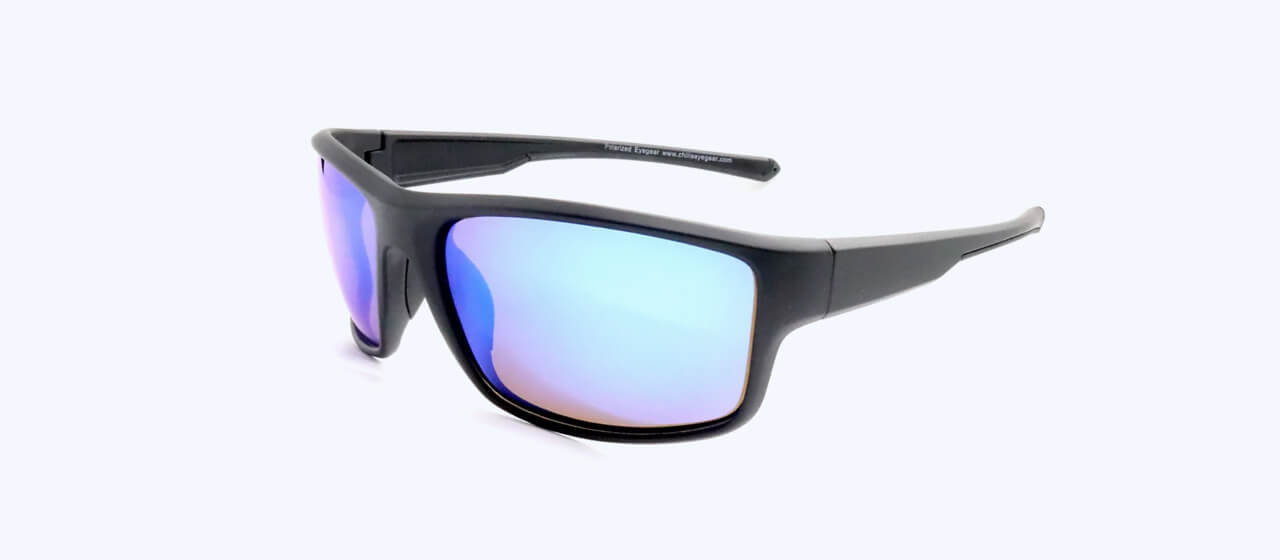
Peppers Polarized Fishing Sunglasses
This polarized fishing sunglasses by Peppers help you enjoy the view without the annoying sun glare! Their nylon frame fits comfortably while you scope out your next catch and gives you ample flexibility and enhanced durability.
- We chose these polarized sunglasses because they offer incredible value and impressive features that won’t restrict you while you fish.
- Among the best perks are their scratch-resistant polycarbonate lenses and a flexible wraparound design so they stay put.
Essential Fly Fishing Accessories for Beginners
In the world of fly fishing, storage itself can be considered an accessory! Having the right organizational arsenal can help protect your small bits and bobs when you’re on the road. The following items are the best things to consider grabbing as a beginner fly fisher! ratione.
9: Rubber Fishing Net
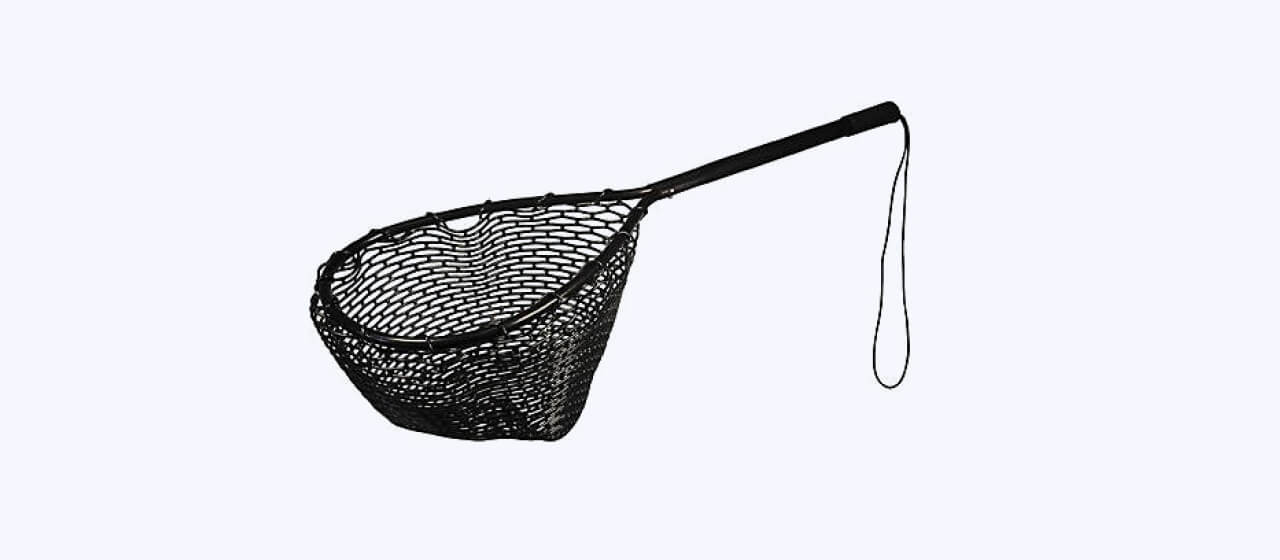
Snag passing fish with this easy-to-handle teardrop fishing net by Frabill featuring a knot-free thermoplastic rubber netting and cushioned EVA grip for added comfort. Fishing expert, Adam Cunningham recommends using rubber fishing net baskets. They’re much more delicate on the fish.
- Fishing nets aren’t a necessity for EVERY angler. However, when you catch that unexpected big fish, you’ll wish you had this with you!
- Tie it to your pack or belt so it’s easy to grab when needed and won’t drift down the river when not in use.
10: Fly Box

Having the right fishing tools and accessories can be a huge help in a pinch. Not all flies are expensive, but they can be fragile. Fly boxes help preserve your flies in a variety of sizes. Beyond that, they are convenient to travel with!
They’ll keep all the small pieces together while protecting them while you’re on the go. For example, Superfly’s large fly box (pictured) has room for everything you need.
- Not only do the multiple, different-sized compartments give you the space to keep all of your favorite flies on hand.
- The clear design means you can easily see and access the bait you need at the moment.
11: Sling Pack or Wading Belt
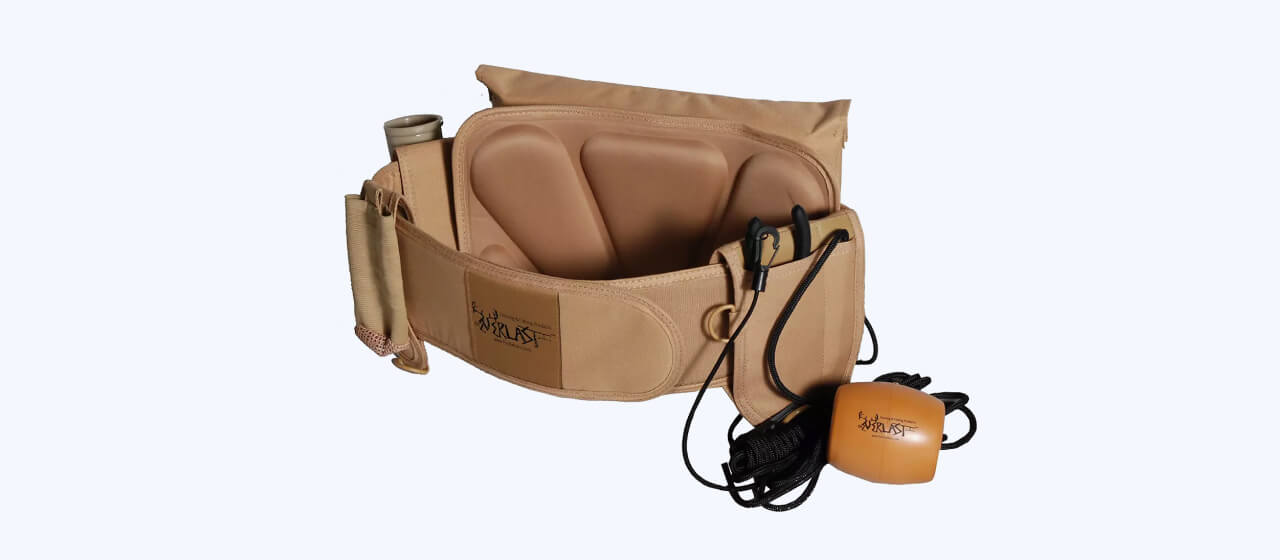
ForEverlast Adults' G2 Pro Wading Belt
Sling packs and wading belts are also helpful for easily-accessible storage while keeping your hands free and arms unrestricted. This freedom of movement is increasingly important the more you fly fish and the bigger the fish you intend to catch get.
- This wading belt from ForEverlast has a fully-adjustable design, secure clip closure, and removable back support for long days.
- It also features a drink holder, rod holder, 15-foot stringer, pliers, and a removable tackle box.
Frequently Asked Questions
Q. What size fly rod do I need?
If you’re going to purchase one single rod, your best bet is a general-purpose 9-foot, 5-weight for the following reasons:
It’s suitable for a broad range of freshwater settings and types of fish. You won’t outgrow it as you advance in your new hobby.
“5-weight” refers to the line weight of the rod. The smaller the number, the lighter the line. Lighter lines are for throwing lighter flies.
Q. What weight fly rod should I have?
Fly rod weight refers to a rod’s size and strength. Weights come in a good variety — each has its own purpose, best species, and optimal environments to consider. Lower number weights indicate a rod is weaker, while high number weights signal improved durability and versatility.
| Fly Rod Weight Chart | ||
|---|---|---|
| Fly Rod Weight | Fish Species | Environment |
| 1-4 | Small trout, panfish, sunfish | Smaller rivers & streams |
| 4-6 | Small bass, trout | Larger rivers & streams |
| 6-8 | Normal carp, bass, salmon, light steelhead | Most freshwater, some saltwater |
| 8-10 | Larger bass, salmon, winter steelhead | Freshwater, some saltwater |
| 10-14 | Big game larger than steelhead & salmon, smaller saltwater specie | Freshwater, Saltwater |
Have Fun Out There
Now that you have all of your fly fishing essentials, check out our fishing trip checklist when packing for your first trip. For more information and expert fishing advice, check out these resources. You can also head to your local Academy Sports + Outdoors or shop online for all your fishing gear needs. Have fun out there!


